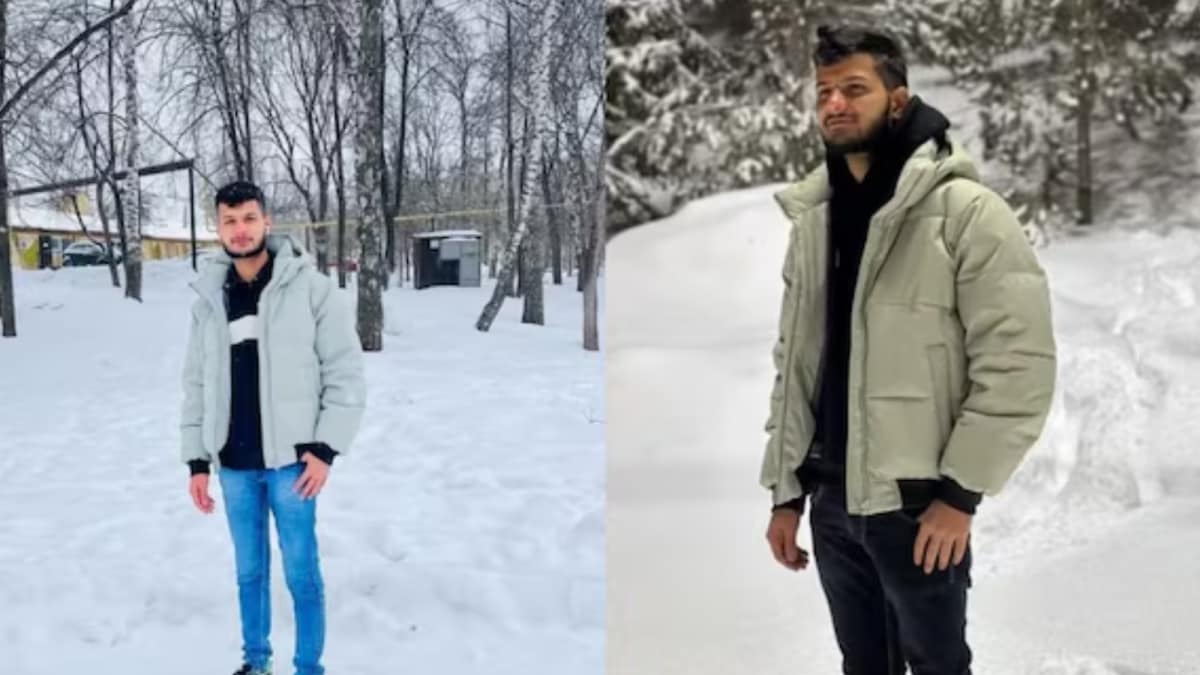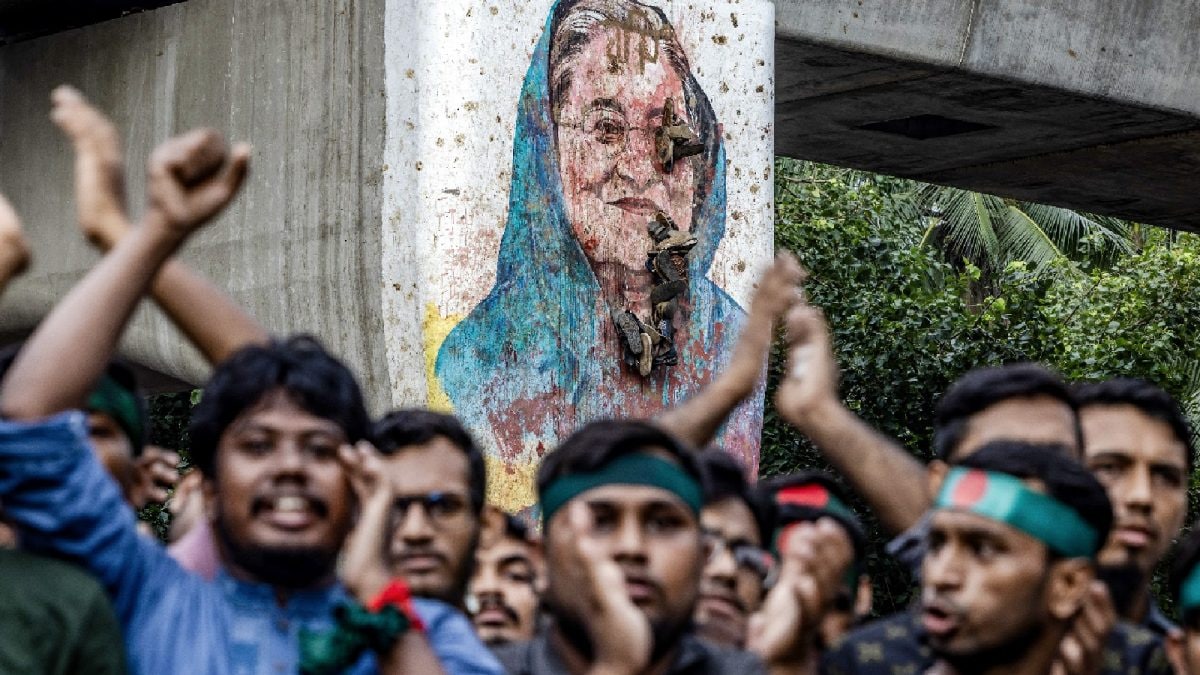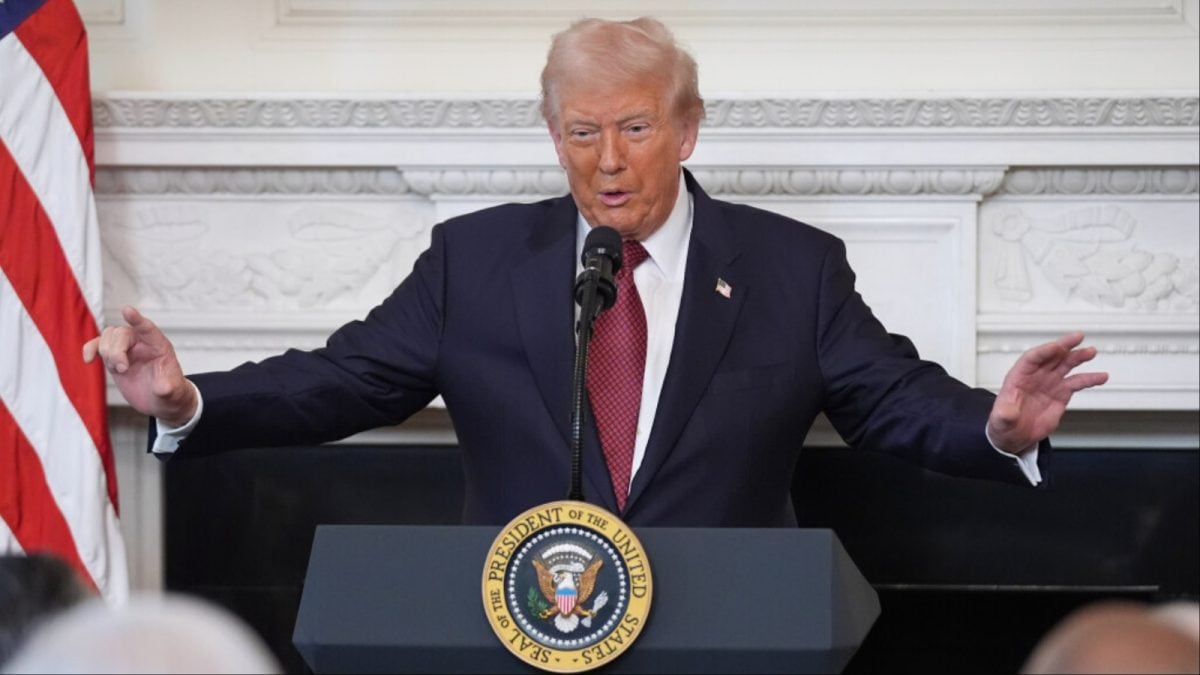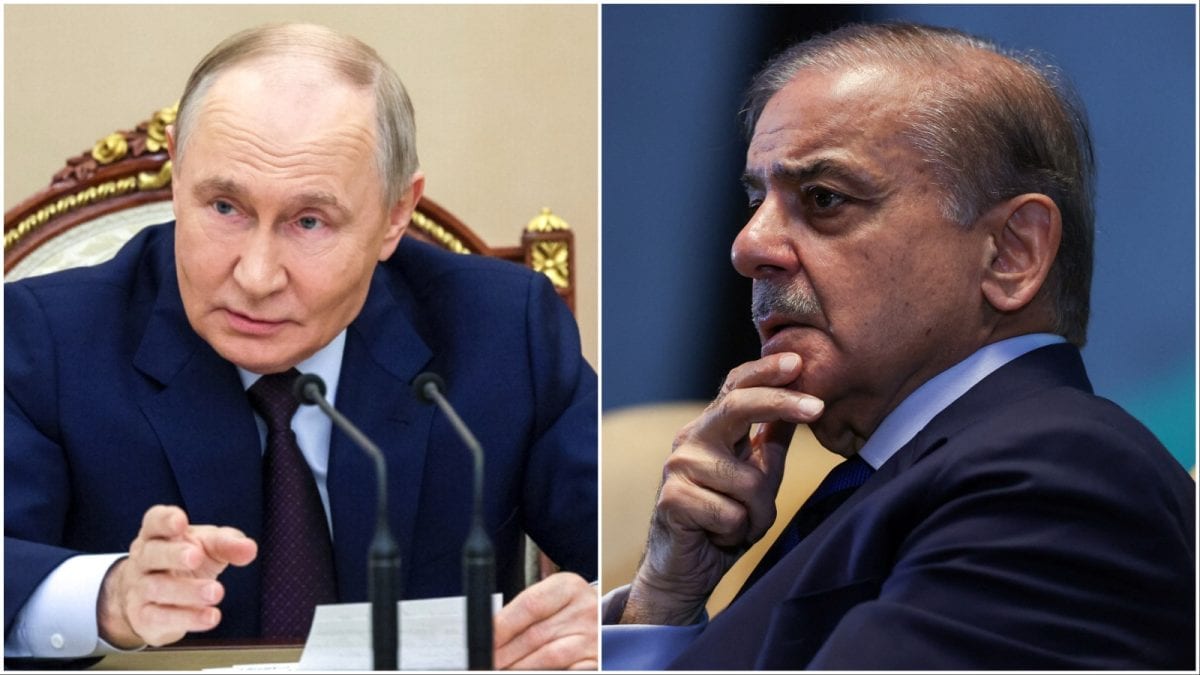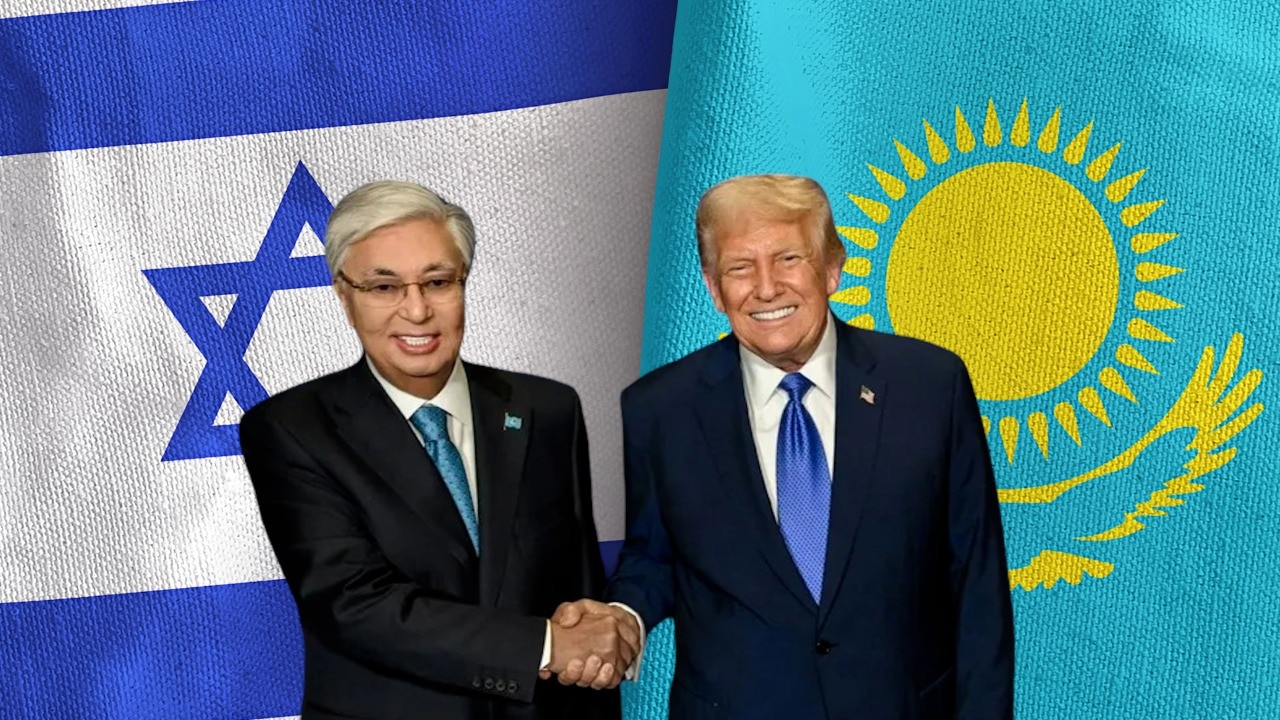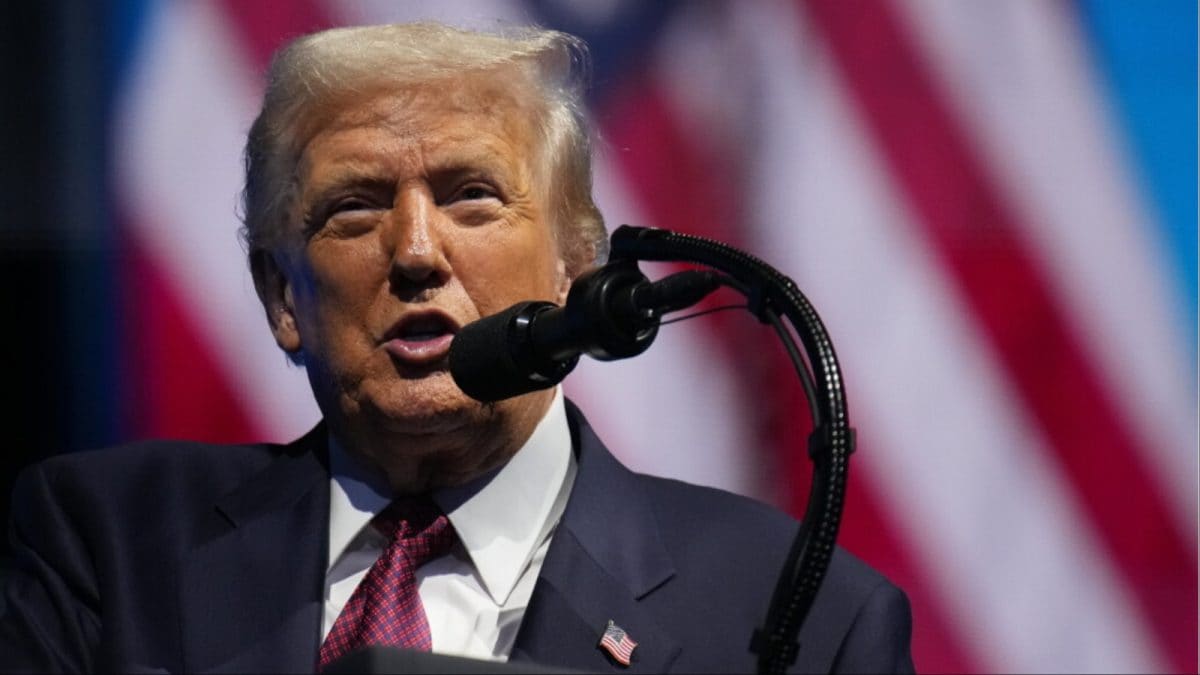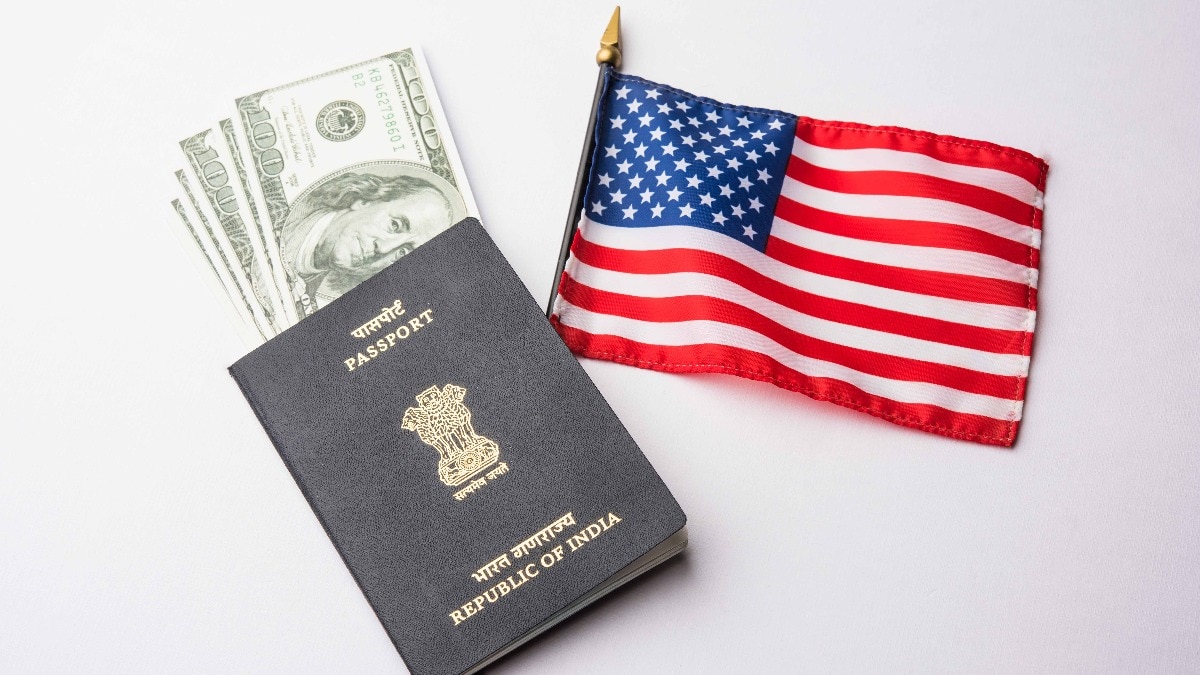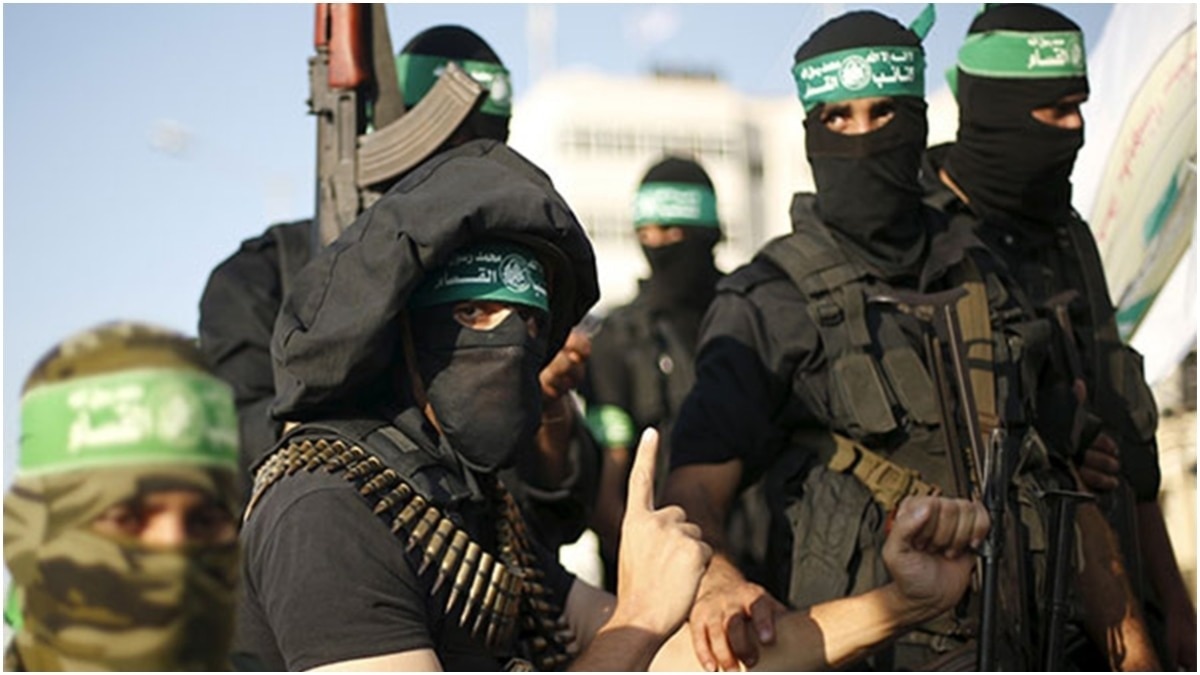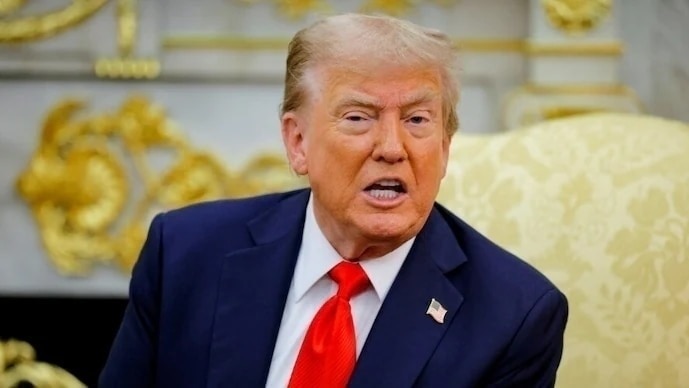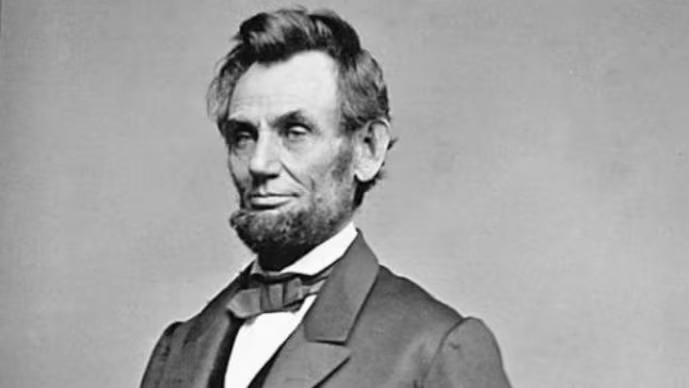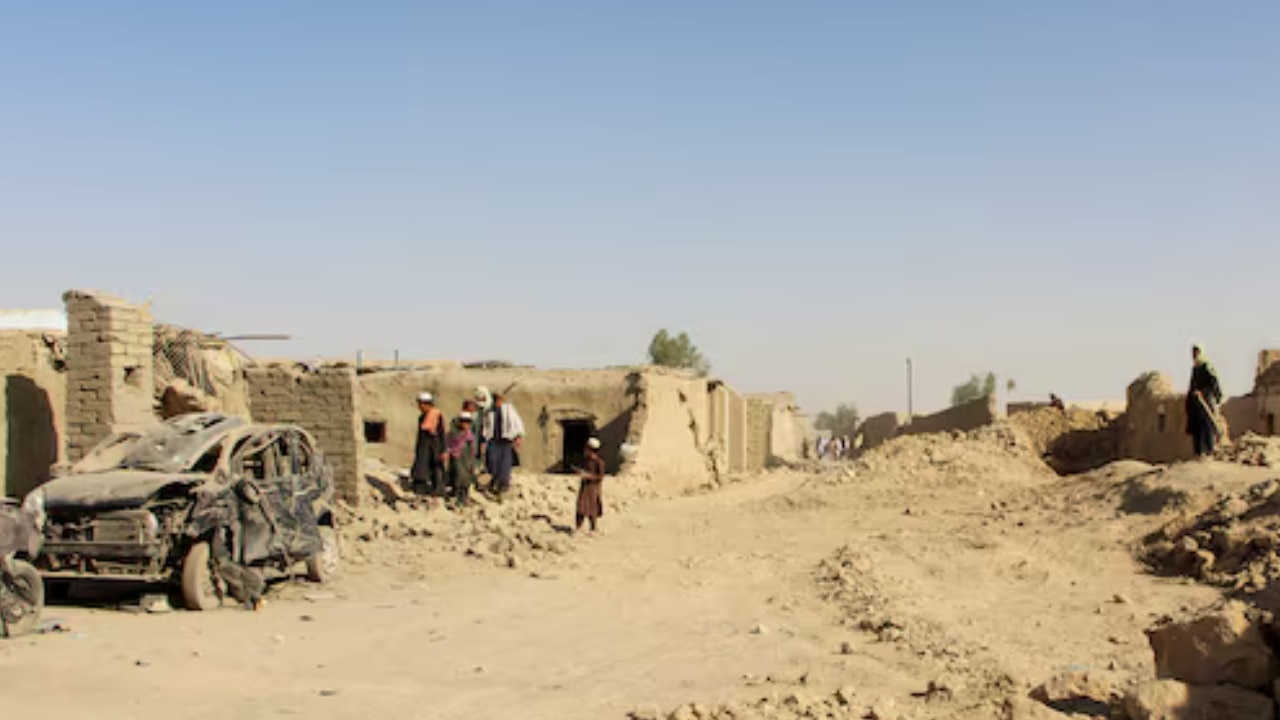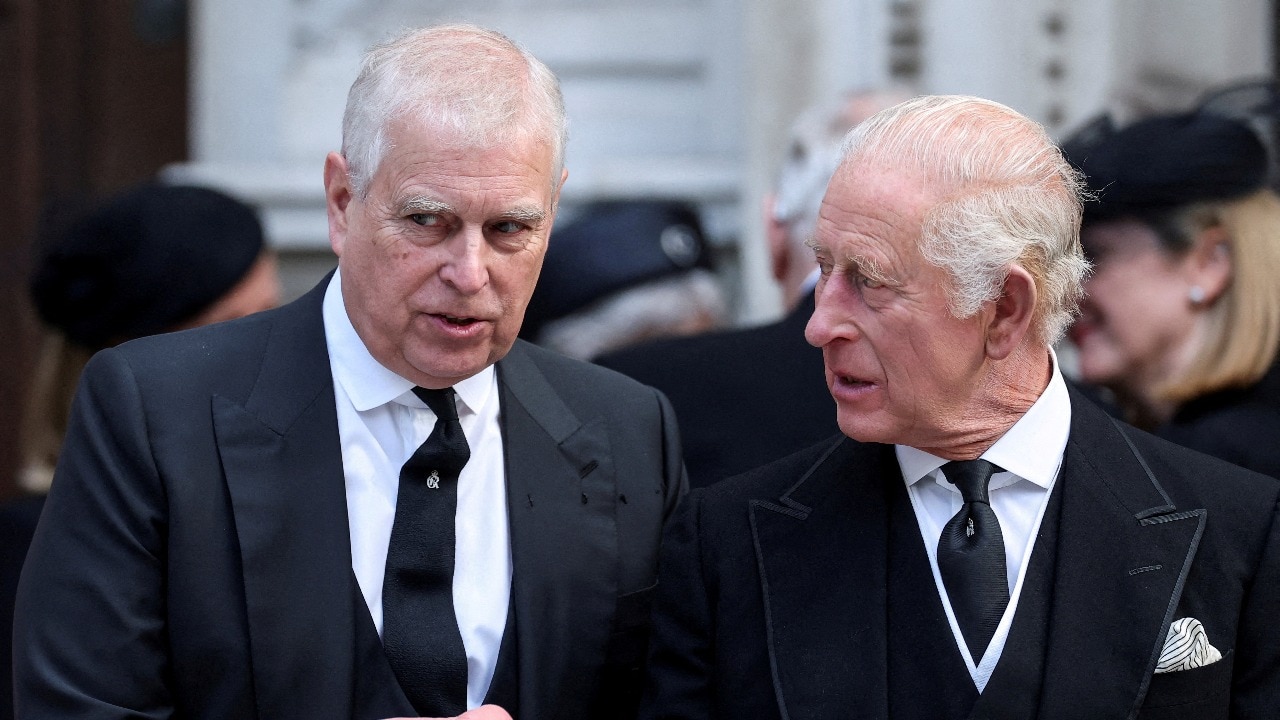The US and Russia have announced their intent to test nuclear weapons. Other countries could follow suit. Here is a look at where countries have tested their most dangerous weapons.
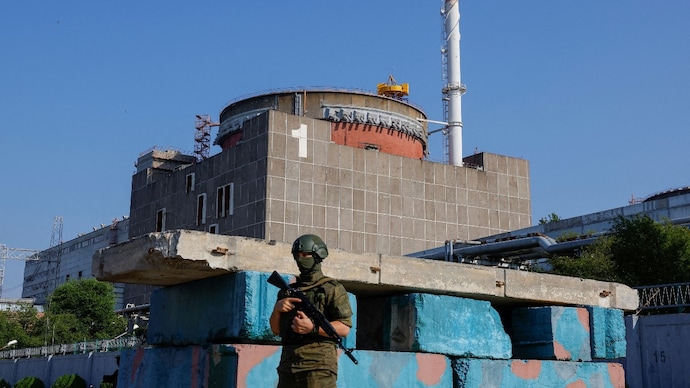
A Russian service member stands guard at a checkpoint near the Zaporizhzhia Nuclear Power Plant
Last week, just before his meeting with China's Xi Jinping, US President Donald Trump stirred a hornet's nest by saying the US would resume nuclear weapons testing. Five days later, Russian President Vladimir Putin asked his security council to prepare for nuclear tests. The developments have raised concerns of a destabilising nuclear arms race.
Trump has justified his move by claiming that Russia, China and Pakistan were testing nuclear weapons. US energy secretary Chris Wright, however, clarified that the President didn't mean full-scale nuclear tests. But Trump's statement travelled around the world, particularly in Beijing, Moscow and Pyongyang.
If the US does indeed test weapons, it will trigger a global chain reaction. Russia and China could follow the US and begin their own tests.
At the Kremlin meeting on November 5, Russian Defence Minister Andrei Belousov advised immediate preparations for full-scale nuclear testing. The readiness of the forces and assets at the Central Test Site on the Novaya Zemlya archipelago, he said, made it possible for tests to be carried out within a short timeframe.
Israel is the only one of the nine nuclear-weapon states to have never conducted a confirmed nuclear test. The eight others have detonated over 2,000 nuclear devices since 1945. Over 80% of these tests were carried out by the US and the former USSR.
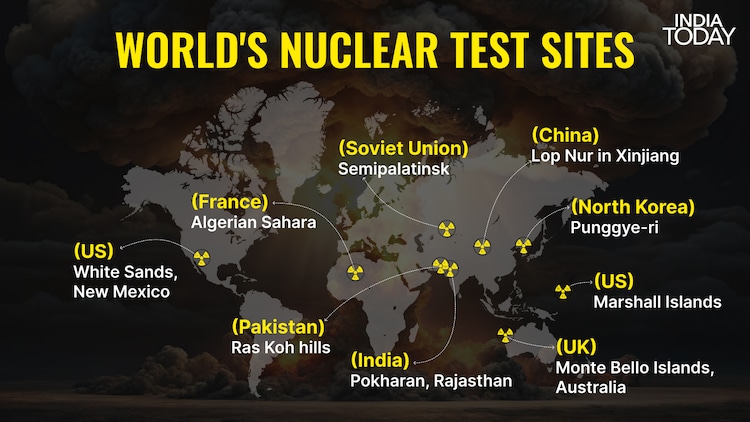
HOW ARE NUCLEAR WEAPON TEST SITES CHOSEN?
From Nevada to North Korea, choosing a nuclear test site is a meticulous, multi-step process balancing science, secrecy and safety. There are three key factors that go into making up a nuclear weapons test site.
Geological stability
Open nuclear testing was banned in 1963. Countries thus have to rely on deep-buried shafts to test their weapons. Hence, geology becomes an important factor. The area must be seismically quiet - meaning it shouldn't have active faults that could trigger earthquakes. It must have hard, dry rock that won't leak radioactive gases when the shaft is sealed.
Hydrogeology
The test site must be deep, hundreds of metres below the ground, so that the radiation does not poison the water table. At India's test site at Pokharan, for instance, the water table is more than 500 metres deep.
Buffer zones
It must be ensured that there is no human habitation, and operational secrecy should be preserved to prevent other countries from detecting nuclear tests.
WORLD'S NUCLEAR WEAPON TEST SITES
United States
The US was the first country to test and use nuclear weapons. It tested its first bomb in White Sands, New Mexico.
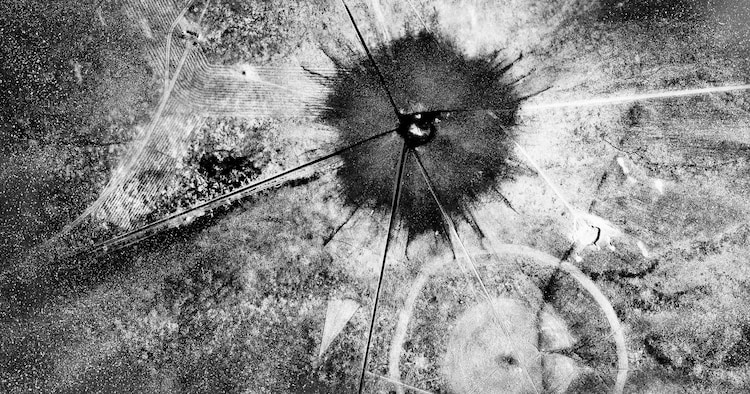
It has the Nevada Security Test Site in the state of Nevada. The US also has the Bikini and Enewetak Atoll test sites in the Marshall Islands. The US hasn't tested a weapon since 1992, and all its sites are dormant or closed. The US can, of course, reopen some of these sites to resume testing.
Russia
The Soviet Union's largest test site was at Semipalatinsk. But that is now in Kazakhstan and inactive. Recently, Russia has begun drilling tunnels in Novaya Zemlya, a remote island near the Arctic Circle. If Russia plans to resume nuclear testing, it will test its weapons here. This island is also where the Soviet Union tested the world's largest nuclear bomb - the 50 megatonne Tsar Bomba in 1961.
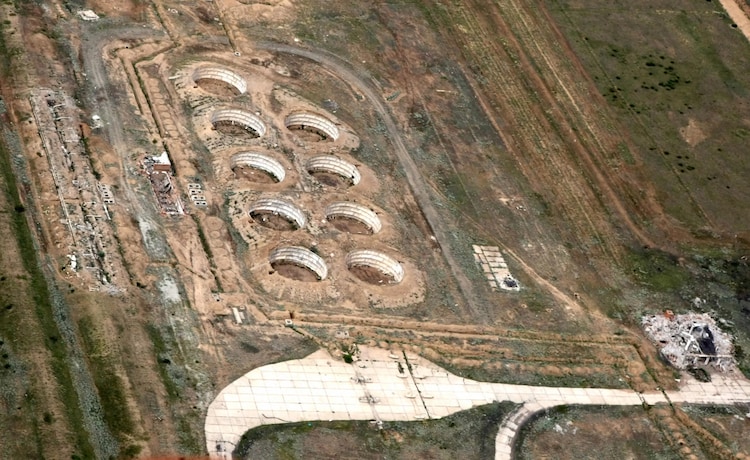
China
China tested its first atomic weapon in the Lop Nur salt flats in Xinjiang in 1964. It has conducted nuclear tests here until 1996. The area was chosen for its isolation and desolate nature. It covers approximately 1,00,000 square kilometres.
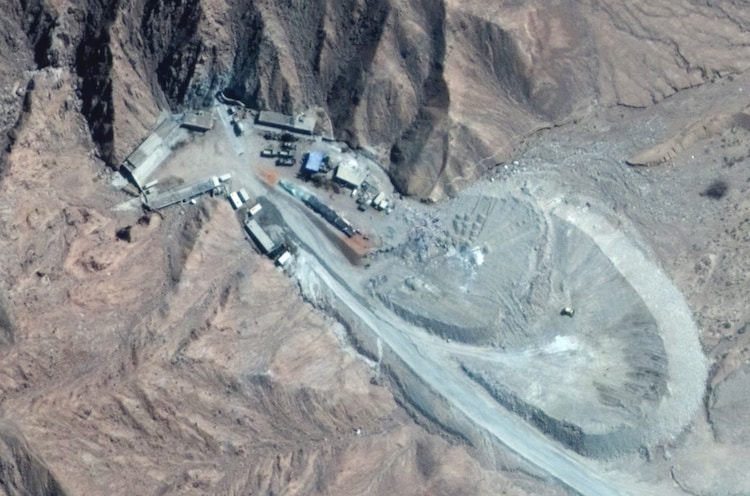
North Korea
North Korea was the world's last country to test a nuclear weapon in 2017. Its nuclear test site is Punggye-ri, in a remote, mountainous region of the Hermit Kingdom. North Korea conducted six tests here between 2006 and 2017. In May 2018, Pyongyang announced it was closing this facility. The tunnels were destroyed in a ceremony witnessed by international journalists.
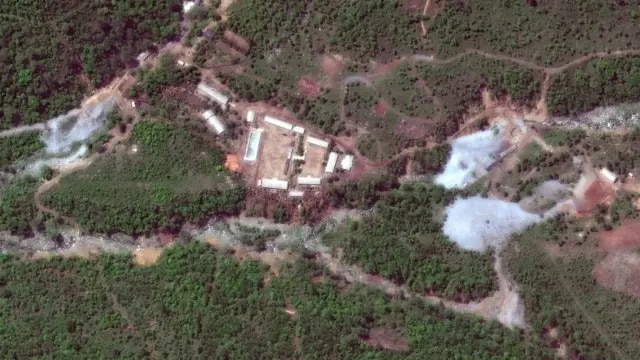
France
France tested its nuclear weapons in its overseas colonies - the Algerian Sahara, where it has conducted over 200 tests and the Mururoa atoll in French Polynesia, where it conducted over 190 tests in 1996.
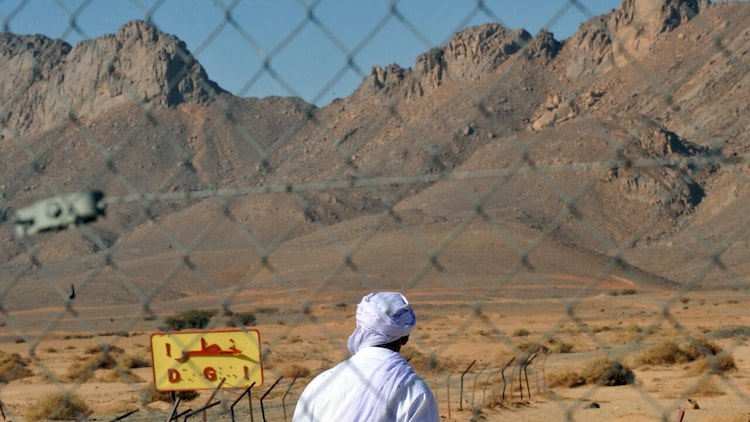
India
India conducted its first atomic test in the Army's Pokharan test range. The range is over 26 kilometres north-west of Pokharan town in Rajasthan's Jaisalmer district. India tested five more weapons in May 1998, establishing itself as the world's sixth nuclear weapons state. India also announced a moratorium on conducting further nuclear tests.
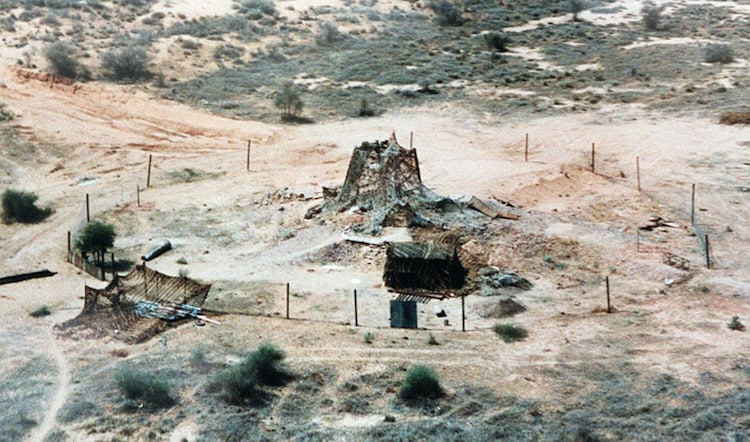
Pakistan
Pakistan conducted the first cold tests of its nuclear weapons in the Kirana Hills near Islamabad. In 1998, it conducted five full-scale nuclear tests at the Ras Koh hills in the Chagai district of Balochistan. The tests were called Chagai-1 and Chagai-2.
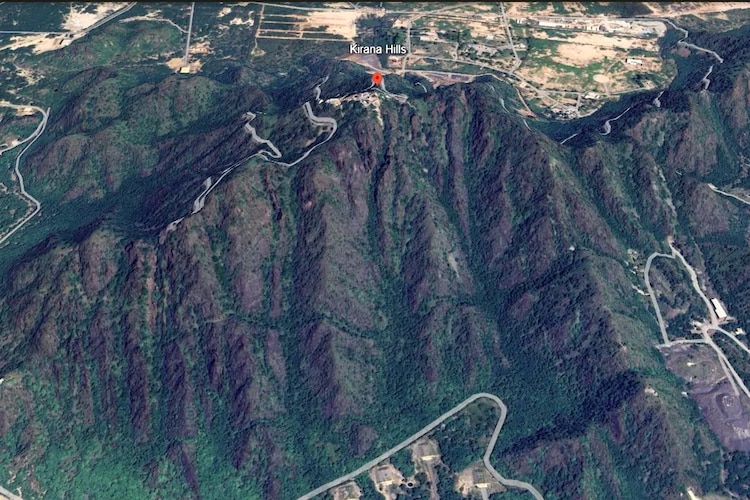
United Kingdom
The United Kingdom has no test sites on its territory. Its primary nuclear test sites were in Australia, including the Monte Bello Islands, Emu Field and Maralinga. It has also conducted tests in the Pacific, Christmas Island and Malden Island.
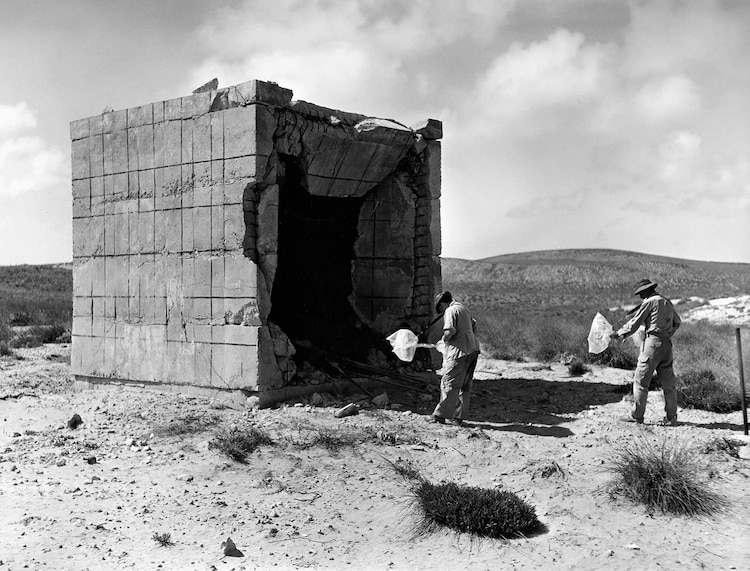
The UK has also tested its nukes at the Nevada test site in the US. Since the UK now uses only US atomic weapons under a special arrangement, it will depend on the US to test them.
- Ends
Published By:
Abhishek De
Published On:
Nov 7, 2025

 3 hours ago
3 hours ago
